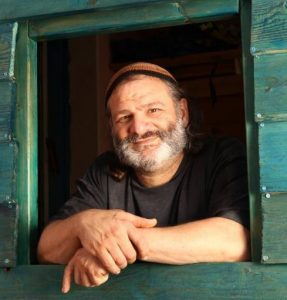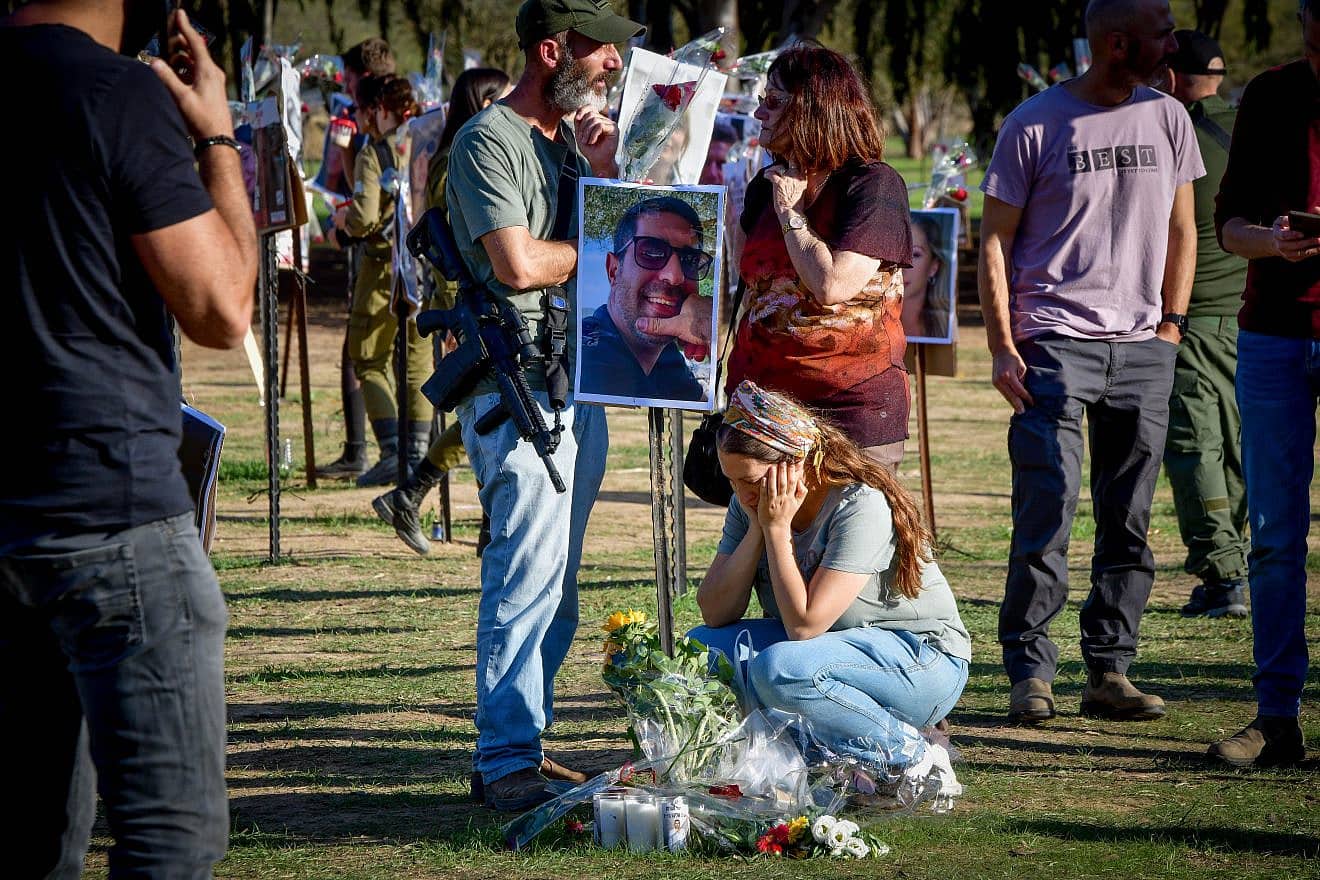A newly released report by The Dinah Project has brought to light some of the most detailed and disturbing evidence yet of systematic sexual violence committed by Hamas during its October 7 invasion of southern Israel. Titled “A Quest for Justice: October 7 and Beyond,” the 95-page report seeks to document what it calls “the intentional use of sexual violence as a weapon of war” and urges the international community to hold Hamas accountable for crimes against humanity.
The Dinah Project, established in the wake of the October 7 atrocities, is an independent initiative focused on documenting war-related sexual violence and advocating for justice for its victims. The report relies on extensive testimony, including that of 15 released Israeli hostages—many of whom had not previously spoken about their experiences—as well as 17 firsthand witnesses, trauma counselors, and emergency medical responders. The result is a detailed account of sexual brutality that the report describes as “tactical,” “systematic,” and “intended to terrorize and dehumanize.”
Warning: Contains graphic descriptions of rape and sexual violence
The Dinah Project documented the accounts of people who saw or heard incidents of sexual violence, showing that such crimes were “widespread and systematic.”
Five witnesses reported at least four separate cases of gang rape; seven reported at least eight other individual cases of rape or severe sexual assaults, some of them in captivity; five reported at least three separate cases of sexual assaults, some in captivity; and three reported three separate cases of mutilation.
Nine of those cases related to the Nova music festival, two to the Nahal Oz military base, one to the Route 232 road, and four to incidents occurring in captivity in Gaza, the report says.
Twenty-seven first responders described dozens of cases which showed “clear signs of sexual violence across six locations”, the report says – the Nova festival, Route 232, and the kibbutzim of Be’eri, Alumim, Nahal Oz, and Re’im.
The report also says that “most victims were permanently silenced” because they were either killed on 7 October or left too traumatised to speak.
Among the findings documented in the report are graphic instances of mutilation, rape, and the desecration of bodies. Several victims were found naked or partially undressed, with hands bound and gunshot wounds concentrated in the genitals or head. Others showed signs of torture, with objects forcibly inserted into their bodies. These findings are corroborated by forensic evidence, video footage recovered from Hamas bodycams and phones, and interviews with medical teams who were among the first to respond at the scenes of massacres such as those at Kfar Aza, Be’eri, and Re’im.
The report also cites testimony indicating that female hostages were repeatedly subjected to sexual violence during their captivity in Gaza. Though many survivors remained silent for months due to trauma or fear of stigma, some have now come forward. Their statements point to repeated rape, degradation, and the use of sexual violence as a form of control and psychological torture.
The report’s legal section argues that these acts constitute war crimes and potentially genocide under international law. It calls on the United Nations and international legal bodies to officially recognize the use of sexual violence by Hamas as a weapon of war and to pursue prosecutions through international courts. Such a designation would enable a broader legal framework for holding the perpetrators—and Hamas leadership—accountable.
Made up of legal and gender experts, it is led by legal scholar Ruth Halperin-Kaddari and Sharon Zagagi-Pinhas, who was the former chief military prosecutor of the Israel Defense Forces, and operates under the auspices of the Ruth and Emanuel Rackman Center for the Advancement of Women at Bar-Ilan University. The Dinah Project’s work builds on earlier reports and statements, including a landmark United Nations presentation in March 2024 that found “reasonable grounds” to believe sexual crimes had been committed during the Hamas-led assault. However, this new report presents the most comprehensive public documentation to date, offering both forensic evidence and survivor narratives to support its claims.
The publication is already making waves in both media and legal circles. Prominent Israeli artist Zoya Cherkassky contributed original artwork for the report’s cover, underscoring the project’s intent to keep the issue visible in both legal and cultural forums. Media outlets such as Haaretz, The Times (UK), and The Jerusalem Post have covered the report’s release, while international legal scholars have praised its thoroughness and potential impact on future war crimes investigations.
Israel has accused international organizations, including the UN and its agencies, of ignoring widespread sexual violence perpetrated by Hamas. Hamas has denied in the past that terrorists and Gaza civilian infiltrators committed sexual violence, saying in a statement in December that these were “unfounded lies and allegations.”
Several international organizations, media outlets, and public figures have been criticized for downplaying, ignoring, or outright denying the widespread and systematic sexual violence perpetrated by Hamas during the October 7 attacks on Israeli civilians. Despite growing evidence—including forensic findings, survivor and eyewitness testimony, and video documentation—many actors in the global discourse either remained silent for months or expressed skepticism about the reports. Below are some notable examples:
UN Women remained conspicuously silent in the weeks following October 7, even as mounting evidence of sexual atrocities emerged. It was not until December 1, 2023—nearly two months later—that the agency issued a vague statement condemning gender-based violence “wherever it occurs,” without specifically naming Hamas or addressing the atrocities committed on October 7. This prompted fierce backlash from Israeli women’s organizations and international activists, who accused the UN body of hypocrisy and politicization of women’s rights. The first official acknowledgment by the UN of the use of sexual violence during the attacks came some five months after October 7.
It was only after intense pressure that UN Women released a more direct condemnation in early 2024, but by then, the damage to its credibility on the issue was widely noted.
Both Amnesty International and Human Rights Watch were slow to acknowledge reports of sexual violence committed by Hamas. While both organizations quickly issued statements condemning Israeli military actions in Gaza, they failed to address the gender-based atrocities committed during the initial October 7 massacre until months later, and even then, only in the most cautious and qualified terms.
Critics noted that the language used by these organizations suggested skepticism or a reluctance to take Israeli accounts at face value, in stark contrast to their treatment of Palestinian testimonies. Neither organization has, as of mid-2025, released a dedicated report on the sexual violence committed by Hamas.
Qatari state-funded broadcaster Al Jazeera has consistently avoided reporting on the sexual violence claims against Hamas. Its coverage of October 7 either omits mention of the atrocities altogether or presents the attacks as a legitimate “resistance operation.” When Israeli officials or survivors mentioned rape and mutilation, Al Jazeera either ignored these claims or suggested they were part of an Israeli “narrative” used to justify military action in Gaza.
The network’s editorial stance has come under criticism from watchdogs and media analysts for effectively providing a platform for Hamas propaganda while sidelining evidence of war crimes against Israeli civilians.
Following October 7, a wave of online activists and influencers began denying that any sexual violence had occurred. Some claimed that Israel had “fabricated” the rape allegations as “Zionist propaganda,” a narrative that gained traction particularly among pro-Palestinian groups on platforms like X (formerly Twitter), TikTok, and Instagram. Hashtags such as #HamasDidntRape and #ZionistLies circulated widely.
Even after the UN Special Representative on Sexual Violence in Conflict confirmed “clear and convincing evidence” in March 2024 that Israeli women had been raped and sexually mutilated, many activists continued to deny these findings, accusing the UN of “bias” toward Israel.
Numerous feminist organizations, especially in Western academia, were criticized for their silence or delayed response. Prominent feminist scholars who had previously been vocal about sexual violence in conflict—such as during the wars in the Balkans or in Afghanistan—either ignored the October 7 crimes or justified Hamas’s actions as “resistance.” Some open letters signed by professors and activists framed the attack as a “revolutionary uprising,” with no mention of gender-based violence.
One widely circulated letter from Harvard student groups in October 2023 blamed Israel alone for the violence, with no mention of the atrocities committed, including rape and mutilation. The failure of these institutions to speak out was seen by many as a betrayal of universal human rights principles.
Ultimately, A Quest for Justice is both a documentation of past atrocities and a call to action. “If we allow sexual violence to become a tolerated weapon in modern conflict,” the report warns, “then the world has failed—not only these women, but all women.”
The full report is available at thedinahproject.org.




